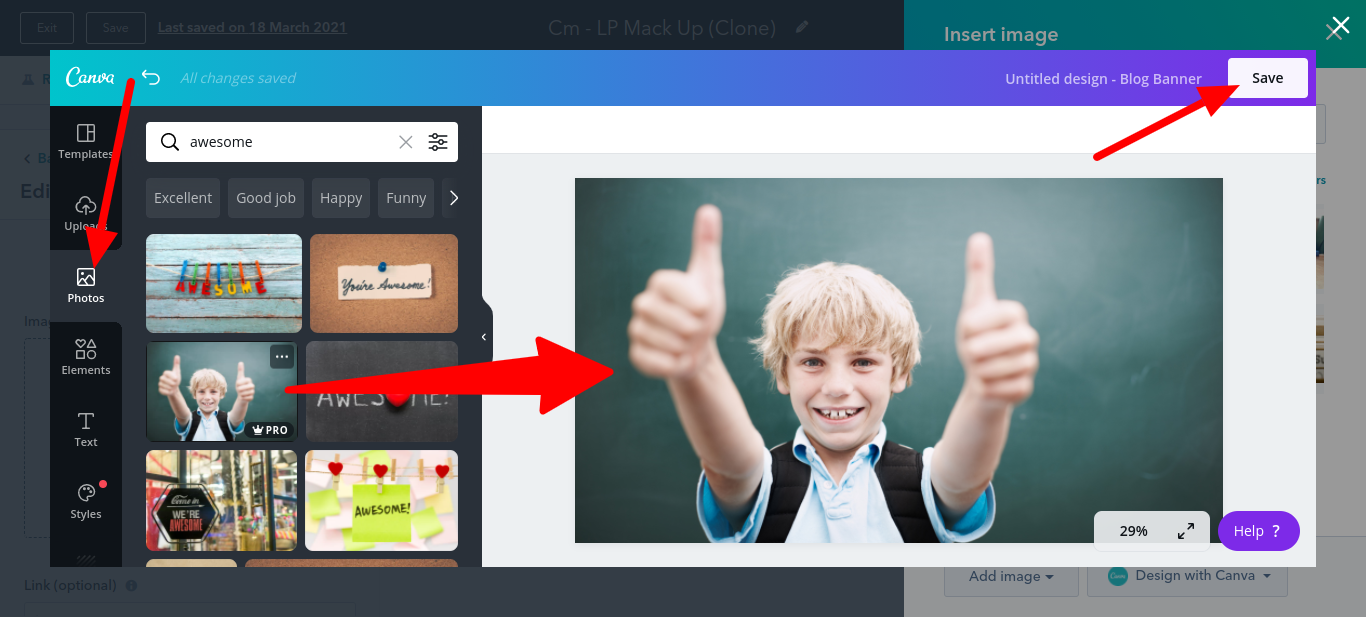An effective landing page does not only display the offer, the benefits, and the CTA. It also includes the seemingly unimportant form in order to get that coveted conversion. It has a form that enables you to capture a visitor’s details in exchange for the desired offer.
The form may not directly convince the visitor to trust you and believe your offer, but it could greatly affect his action to really proceed to the next step, humans as we are, we want everything to work seamlessly for us. The same thing goes with landing page forms. Too long and it might make someone shut your page. Too short and it might slip us from the important details.
Free Download: Landing Page Copywriting Formulas Template
When it comes to creating your landing page form, it’s all about getting those form fields filled out with their personal information. Thus, it has to be designed for optimum impact to provide the best user-experience for conversion. You can achieve this by having a clear, well-thought-out form layout considering its number of fields.
 How Many Form Fields Are Enough?
How Many Form Fields Are Enough?
In a cluttered digital space with diverse familiar marketing strategies, we can now immediately notice if a form is burdensome and time-consuming. It is this familiarity that causes us to instantly ditch the page if they don’t instantly meet our expectations.
As owners and marketers, how do we meet our target customer's expectations when it comes to our landing page form? How many fields should the form contain and how long should it be?
There is actually no specific answer as to how many form fields are enough. The number of fields in a form actually depends on the landing page offer. What kind of value you are offering and what type of conversion do you really need?
If you are offering an eBook, would you need the visitor’s address? If you are providing top-of-the-funnel content like a marketing strategy checklist, do you really need to ask your prospect’s contact number?
What if you are offering bottom-of-the-funnel content like a free demo where the target customer is in purchase mode, will you only ask for the email address? You would likely want to ask for more information and include more fields on your form to know more about your potential customers.
The point is, there is really no exact formula for the number of form fields and how many fields are required or optional. There are no specific guidelines as to how many fields you should include in a form.
Yet, it is also important to note that people may shun a form with a lot of fields, that is, with lots of information required. Some may be due to privacy concerns and some may be due to time constraints. You also don't want to waste your time filling up a long-form just for an eBook, right?
A recent study showed how important it is to maintain fewer forms depending on the type of offer on the landing page. Formstack recently found that an average of 11 form fields is enough to maximize your landing page conversion rate and the best practice is between 3-5 fields.
5 Best Practices in Designing Landing Page Forms
 While there is no required number of form fields, there are definitely best practices you can follow to ensure you place a landing page form that visitors actually fill out.
While there is no required number of form fields, there are definitely best practices you can follow to ensure you place a landing page form that visitors actually fill out.
In order to ensure you are including the right fields, here are a few things you can do.
1. Define your target audience
There is no better way to know if you are including the right form fields than first defining who your target audience is.
Map out your buyer personas. Carefully define your target market. Determine where the offer is in the sales funnel. Decide which fields you want to make required and which to make optional.
Once you have developed this strategy, you better understand the important details you are needing from them, thereby increasing the possibility of successful conversions.
2. Limit the number of fields
You surely would want to know more about your potential customers. You might want to ask a lot of information and include a lot of form fields. However, you might scare them away.
The key here is to identify which type of information is really important and which information can be inquired at a later time.
3. Start simple
You know what makes other strategies fail - it’s because they’re complicated.
When determining what form fields to include, go back to basic. Always ask for the simple details first and slowly transition to complex information. Don’t overcomplicate your form. Else, it will overwhelm your target customers.
Don’t start your form where a visitor must type the reason why he needs your product or service. It’s literally unmotivating and time-consuming.
4. Implement smart forms
We’re all busy bees, and thus, we definitely love a little help. Thanks to our smart technology, it constantly saves us from some mundane tasks such as entering our email address and phone number online.
To maximize results, optimize your landing page form for autofill browsers so users can easily fill out the form without having to type in their information. That way, you eliminate the laborious tasks on their end and encourage them to take immediate action.
5. Deliver value
In addition to determining the right number of fields to include in your landing page form, always ensure to offer value to visitors in return.
Present an irresistible offer, something they can’t find elsewhere that answers their problems. Moreover, the information should be connected directly to a certain stage in the buyer’s journey.
In deciding how many form fields to include, just remember that fields should be according to the landing page offers, doesn't require a lot of typing, and includes smart formatting that helps users to fill out the information correctly the first time.
Featured Resource: Landing Page Copywriting Template
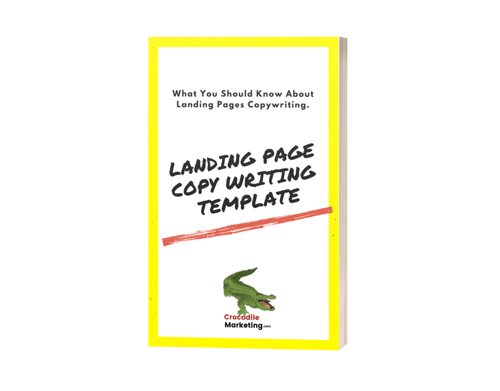 Ready to write your own landing page? Download Crocodile Marketing's free
Ready to write your own landing page? Download Crocodile Marketing's free
Landing Page Copywriting Formulas template to get started.
Typical Landing Page Form Field Examples
Here we have collected 9 examples of forms showing the typical number of fields in particular instances that you can learn from and hopefully apply to your own landing page forms moving forward.
1. Ebooks
With eBooks, you can typically use up to 3 form fields - first name, last name and email.
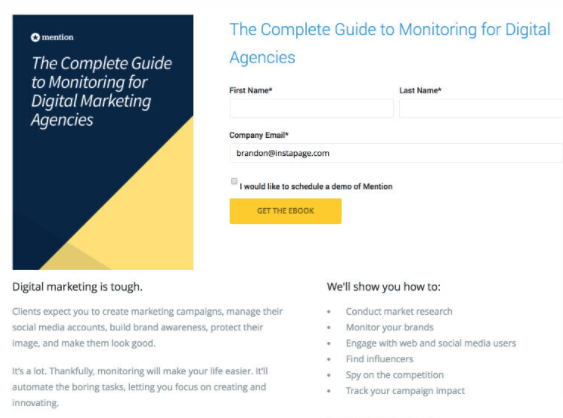
2. Email subscriptions
For email subscriptions, you’re good with just asking for your visitor’s email address.
The sample form below does not indicate that it’s going to be an email subscription, but it added the description below the field saying the owner won't be spamming the subscribers.
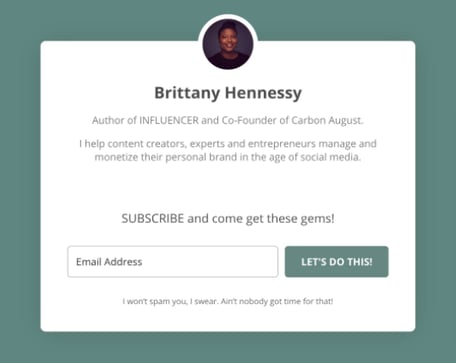
3. Free trials
Free trials typically consist of 5 form fields - first name, last name, email, business name and phone number. You may, however, include more fields. Just remember to include those fields necessary for your offer.
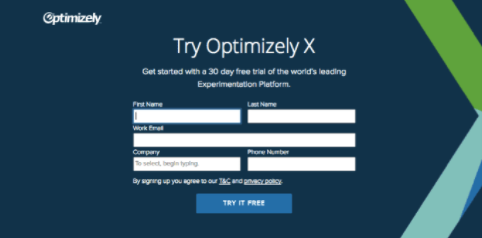
4. Free demos
As for free demos, the typical form fields are first name, last name, email, business name, and phone number as shown in the sample.
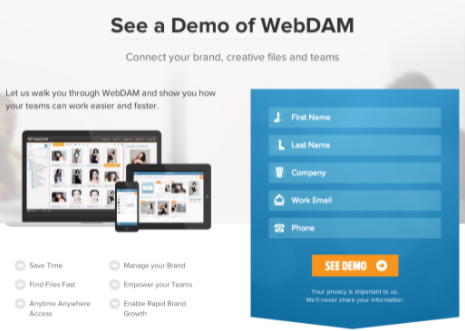
5. Physical products
For a landing page that needs to send physical products to visitors, it can include the basic form fields such as the first name, last name, email, company name (if applicable), phone number, and mailing address.
The mailing address, however, can be broken down into different fields just like in the sample below which definitely show a typical smart form.
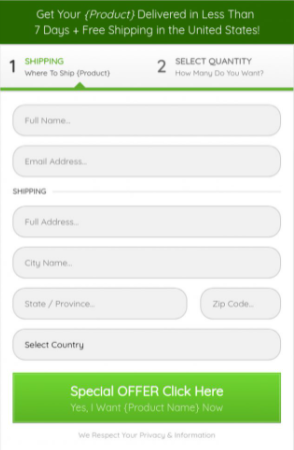
6. Online courses
With online courses, you don't really need a lot of information from the user since the encounter is happening online. What you typically need for an online course form is the basic first name, last name, and email address.
The sample below, however, ditch the last name and just use 2 fields.
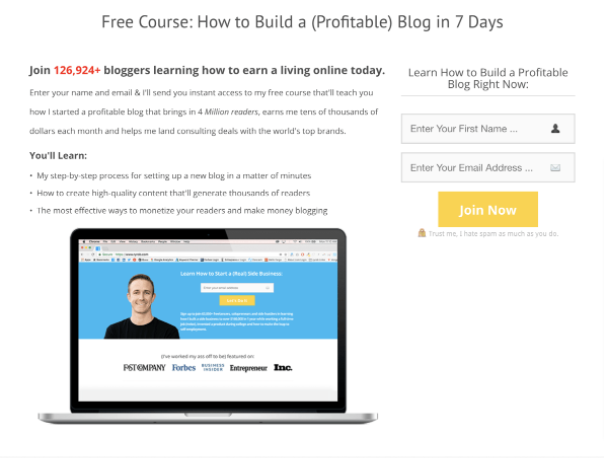
7. Discount codes
Discount code forms typically use the basic fields such as the first name, last name, and email. The sample below by Sterling, however, compounds the name into a single field and adds the optional field which is the phone number.
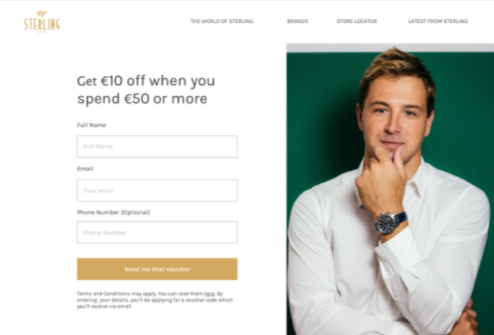
8. Free quotes
Free quotes forms usually include the basic fields such as first name, last name, email, company name, and phone number just like other types of form.
But as mentioned above, it all still depends on your landing page offer. You can opt to ask for more information and add more fields like the one below which further asks for a website to be able to provide a free quote after a marketing assessment.
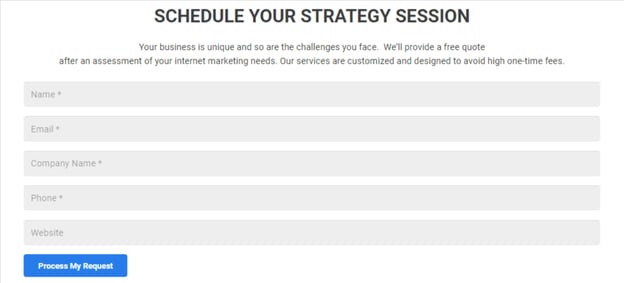
9. Consultations
Consultation forms typically include fields like the first name, last name, email address, business/company name, and phone number. You may also ask for additional information just like the one below requiring the visitor to provide details about their concerns which could expedite the process of the possible consultation.
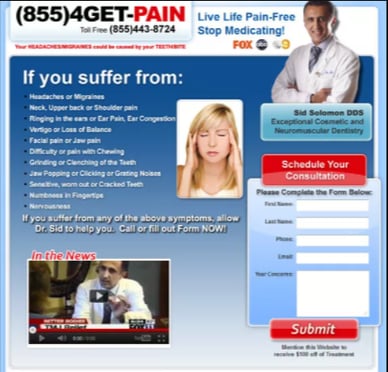
Form Placement Matters: What to Put on Header and Footer
Aside from the number of fields you need to consider when creating a form, it is also important to note that placement matters. Where you place your form along with other objects greatly affects landing page conversion - whether above-the-fold, header or footer.
While the header can house all the necessary information the visitor may need, strategic placement of different objects makes the landing page more effective.
A good landing page provides space between objects allowing the visitor to easily scan the page with ease. It does not stuff all the information on the headline section, but distributes them accordingly from the header to the footer.
The header can house the logo and the link to the URL. The Footer, on the other hand, can house the home page, privacy terms, contact us, and even social media links.
Conclusion
When someone happens to visit your landing page, you only have one chance to influence them to trust you. This is why it is important to be able to immediately urge them to provide their information through the form and click on the call-to-action button.




